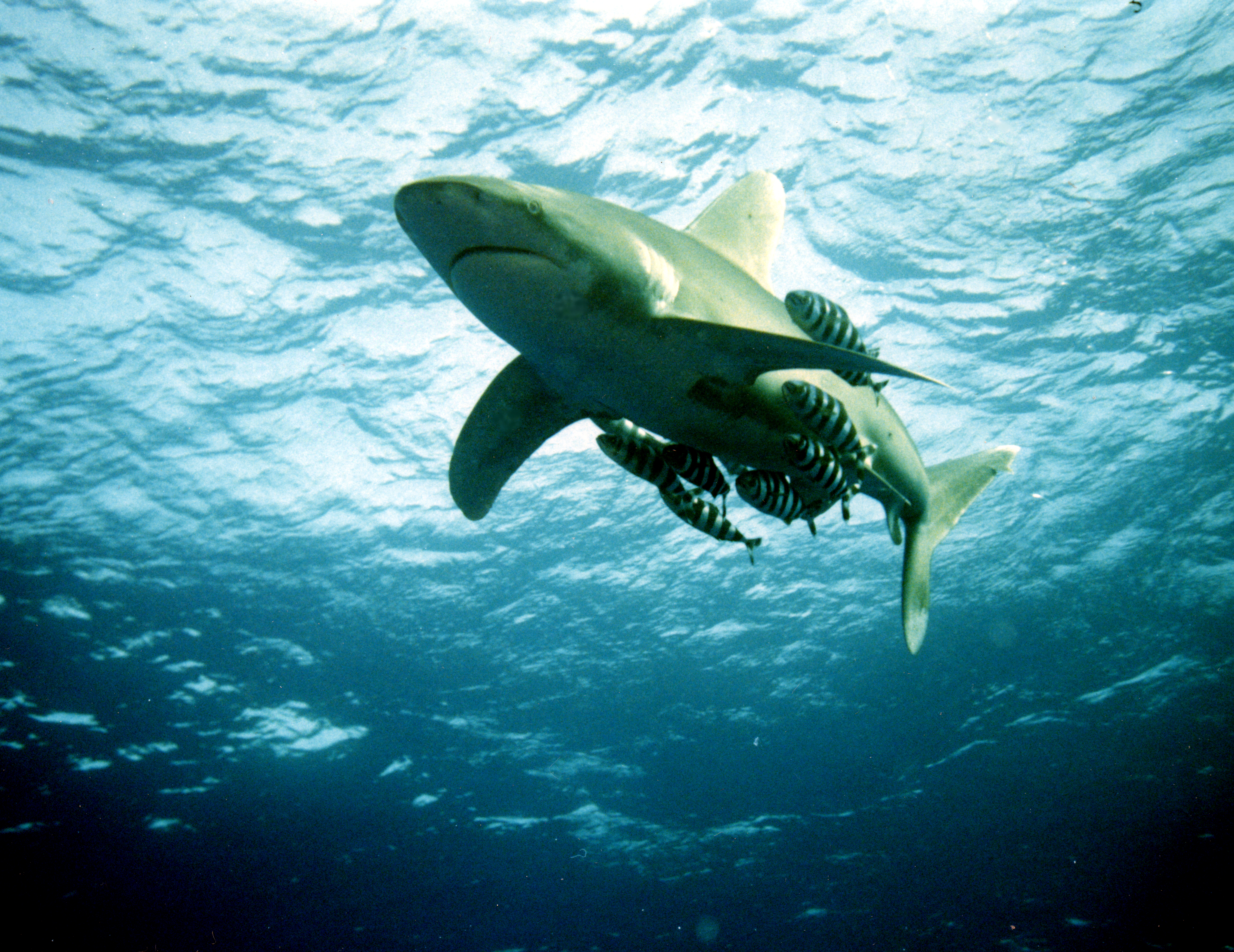Researchers at Chalmers University in Sweden have developed an induction technology that makes it more realistic to transmit high power through air.
In recent years, cell phones and other portable electronics have picked up the technology. But for the high power required to charge the batteries in an electric vehicle, the wireless option has so far appeared to be too complicated and ineffective.
However, charging with the help of induction now seems to be facing a breakthrough even in the case of EVs and when charging needs to happen often in an environment that is demanding, for example, for an electric ferry.
Yujing Liu, professor of electric power at the Department of Electrical Engineering at Chalmers, is particularly focused on renewable energy conversion and electrification of the transportation system: “You can have a system built into the wharf that charges the ferry at some stops, at the same time as passengers get on and off. Automatic and completely independent of weather and wind, charging can take place 30 to 40 times per day. This is probably the most obvious application.”
A key factor is the development of high power semiconductors based on silicon carbide, so-called SiC components that allow higher voltage, higher temperature, and higher switching frequency. These are important because it is the frequency of the magnetic field that sets the limit to how much power can be transferred between two coils of a given size.
Another recent technological leap concerns the copper wires in the coils that send out and receive respectively the oscillating magnetic field that forms the actual bridge for the energy flow across the air gap. Here, the goal is to use as high a frequency as possible. These coils are now made up of braided 'copper ropes', consisting of up to 10,000 copper fibres, each only between 70 and 100 micrometres thick.
However, even Lui is sceptical it will be used for most EVs: “I drive an electric car myself and do not see that I would have any use for induction charging in the future. I drive home, plug in... it's no problem”.
Latest News
-
PureGym raises over £100,000 for heart health charities
-
Corporate backed small charities campaign raises £1.8m
-
Charities recieve AI skills training from Neighbourly, Microsoft and Onside partnership
-
Crisps firm launches fundraiser for Air Ambulances UK
-
Football club partners with traumatic bereavement charity
-
UK firms on course for ‘disorderly’ green transition
© 2019 Perspective Publishing Privacy & Cookies









Recent Stories